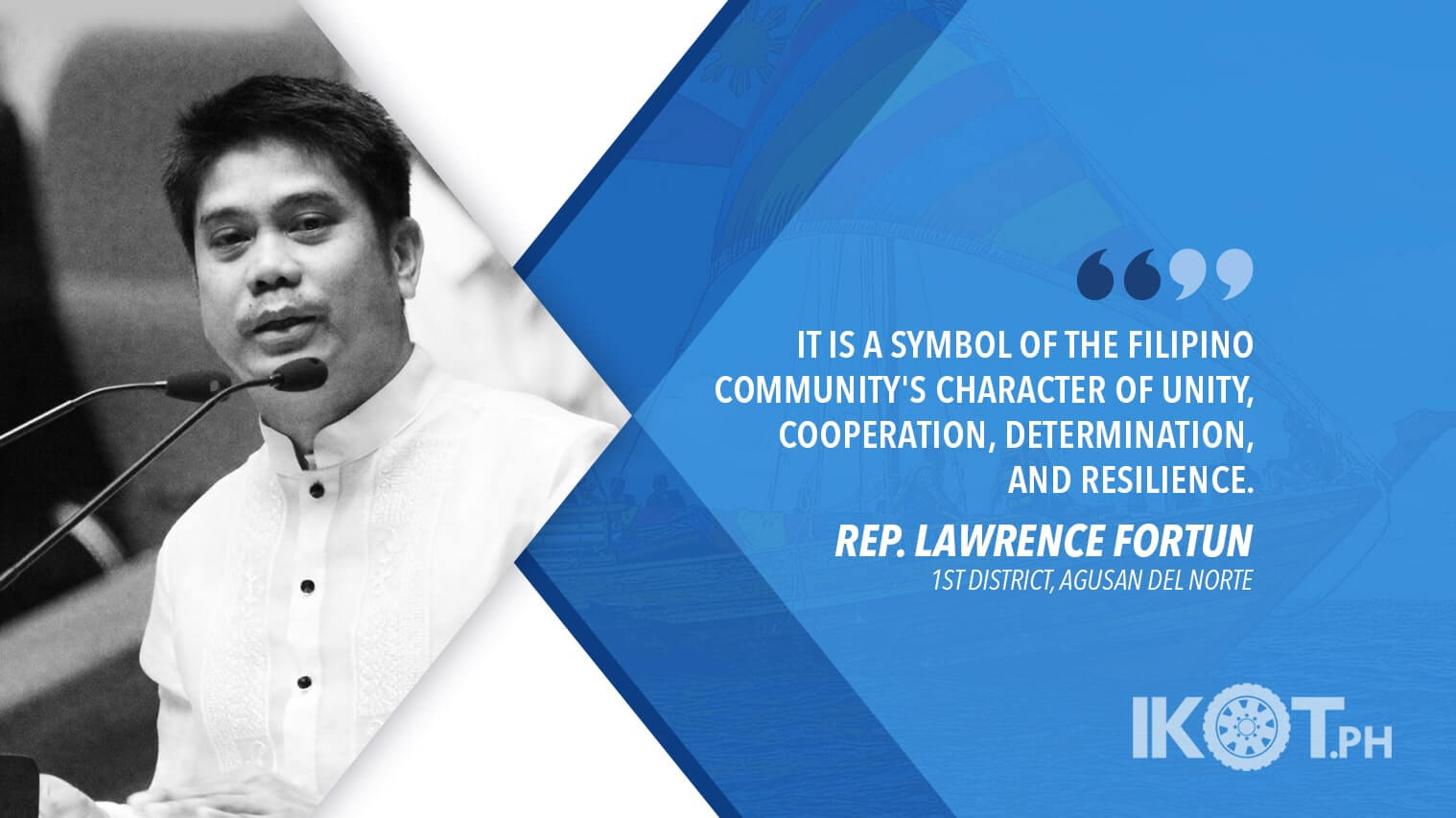The House of Representatives unanimously approved on third and final reading, with 170 affirmatives votes, House Bill No. 4953 seeking to declare the ancient wooden boat Balangay as the National Boat of the Philippines.
Principally authored by Rep. Lawrence Fortun (1st District, Agusan del Norte), the bill declares the policy of the State to promote and inculcate nationalism and pride in the cultural and historical heritage of the nation. Moreover, the State shall instill and foster appreciation of the country’s national symbols that embody the ideals and traditions of the nation.
“Balangay is a testament to the early Filipino’s boat-building genius and seafaring expertise.”
The bill provides that the Balangay is a testament to the early Filipinos’ boat-building genius and seafaring expertise and embodies the Filipino community’s ideals of solidarity, unity, resilience, courage and bravery. It further declares that the Balangay found in Butuan City, and as may be found elsewhere in the country, as the National Boat of the Philippines.
In the explanatory note of his bill, Fortun said the Balangay, also known as Butuan Boat, is a plank boat adjoined by a carved-out plank edged through pins and dowels.
“It is a finely built boat designed for long-distance navigation made without the use of blueprints. It is known as the oldest watercraft found in the Philippines,” the veteran legislator said.According to the seasoned lawmaker, the boat was used by early Filipinos to maintain trade relations with neighboring islands around the country and empires around Southeast Asia. He further said that the Balangay was the first wooden watercraft to be excavated in Southeast Asia.
“The Balangay was the first wooden watercraft to be excavated in Southeast Asia.”
“It demonstrates early Filipino boat-building genius and seamanship expertise during the pre-colonial times,” Fortun said.As demonstrated by early Filipinos, Fortuns said building a Balangay and sailing it in the high seas entails solidarity and harmony among boat-builders and seafarers. It is for this reason it is now used by the Philippine government as a term to refer to the smallest political unit, now called the barangay.
“It is a symbol of the Filipino community’s character of unity, cooperation, determination, and resilience,” Fortun said.

